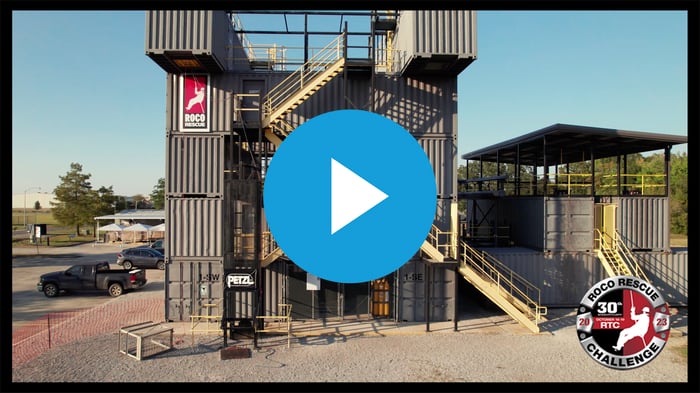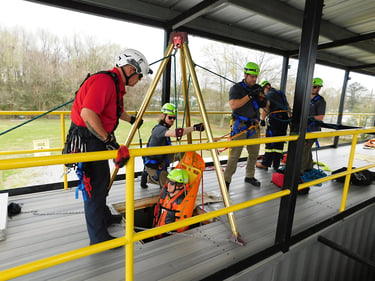Check out our latest video from Challenge
Check out the video from our 2023 Roco Rescue Challenge which marked our 30th anniversary of the event. Teams from both industrial and municipal sectors participated in the two-day scenario-based event which focused on confined space and high angle rope rescue in industrial settings. Scores are given and trophies awarded, but Rescue Challenge is really a learning event, with skill-building and improving being the ultimate objectives.
If you missed this year’s Rescue Challenge, join us next year on October 16-17, 2024, at the Roco Training Center in Baton Rouge. Every year our instructors devise new “surprise obstacles” to challenge teams with hurdles never before tackled.
Rescue Challenge is an outstanding motivational event for rescue teams – from new rescuers to more seasoned veterans.
Is your team ready for the CHALLENGE 2024?
(And, if not, our instructors can get them ready!)





 The two employees were attempting to remove soil from below a concrete slab located within a trench when the slab broke apart and collapsed, fatally crushing both workers. OSHA inspectors found that the company failed to:
The two employees were attempting to remove soil from below a concrete slab located within a trench when the slab broke apart and collapsed, fatally crushing both workers. OSHA inspectors found that the company failed to:




